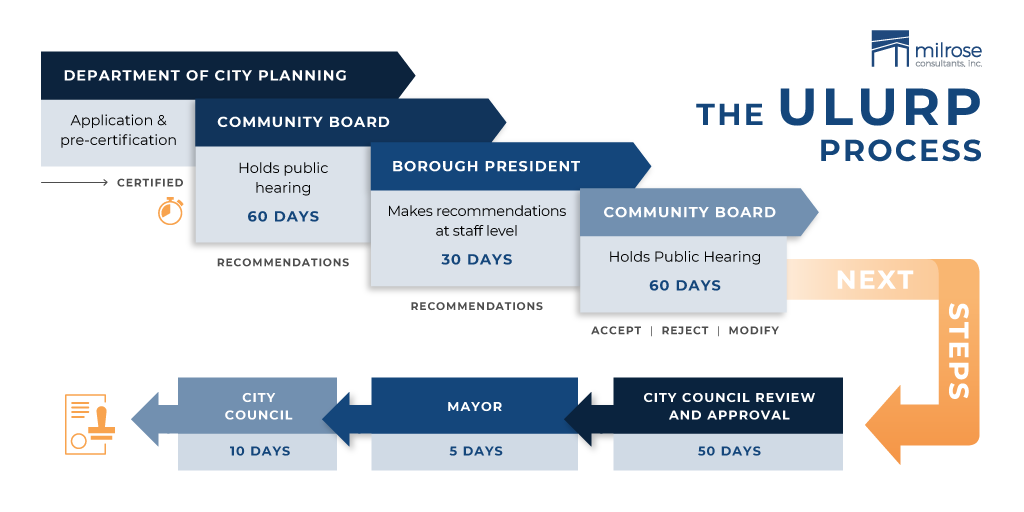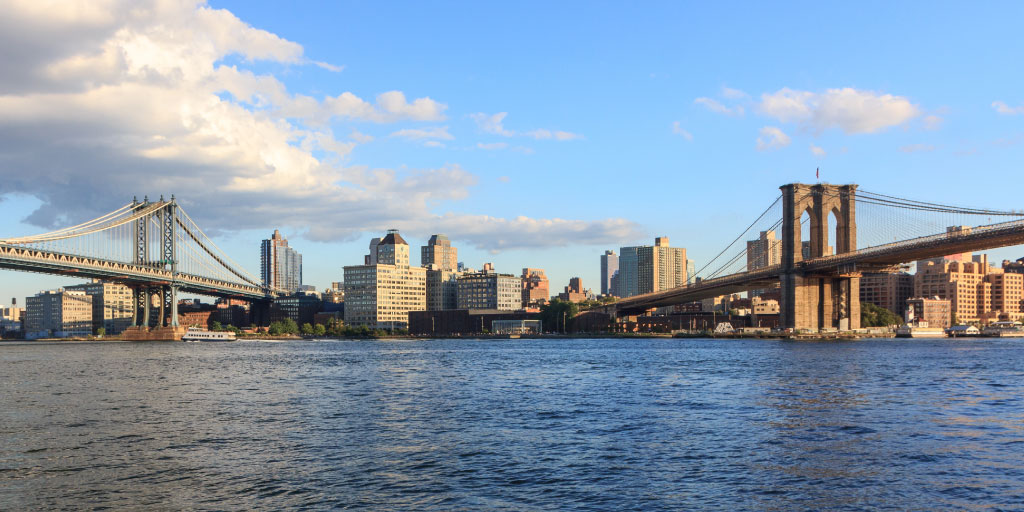The Two Bridges development saga has taken another turn: This time, toward the ULURP process.Plans to build three skyscrapers in the Two Bridges neighborhood in Lower Manhattan have led to an extended legal fight between developers and the surrounding community. The case was thrown its latest twist when a state Supreme Court judge reversed the prior approval granted to the project and ruled the plans must go through the rigorous Uniform Land Use Review Procedure (ULURP) process it had earlier bypassed.
The legal saga demonstrates the complex zoning regulations that developers may encounter when building in New York City. However, the dispute on the Lower East Side is far from over, and by its end, will have many lessons for developers to take away from it.
Judge vacates approval for Two Bridges development
Sat between the Manhattan and Williamsburg bridges is the aptly named Two Bridges, a waterfront community historically of low-rises and a working-class population. But many contended a proposed building of luxury high-risers would change that identity. Multiple lawsuits were brought against the Two Bridges development challenging the construction, and on different grounds: One alleged the project was approved unlawfully, while others faulted environmental impact or coding violations. The companies behind the project defended the project for including affordable housing units and drawing infrastructure and investment to the area.
At issue was the City Planning Commission's approval of the project in late 2018. The CPC had approved the application jointly filed by developers despite reservations among those voting. The 10-3 decision in favor of the project allowed the proposal to bypass the ULURP process of public review. CPC Chair Marisa Lago said at the time a ULURP review wasn't required for the project.
Justice Arthur Engoron disagreed with that determination. After temporarily halting the development's progress in June 2019, the judge vacated the CPC's decision to approve the project.
"The irreparable harm here is twofold," Justice Engoron wrote in his opinion. "First, a community will be drastically altered without having had its proper say. Second, and arguably more important, allowing this project to proceed without the City Council's imprimatur would distort the City's carefully crafted system of checks and balances."
Towers to go through ULURP process
Two Bridges used to be an Urban Renewal Area, but in 1972 was designated a Large-Scale Residential Development (LSRD) area. This categorization was meant to facilitate the building of large structures that use space efficiently and provide a benefit to the community. Like with the designation of the Special Garment Center District in 1987, modern factors such as rent prices and increased development have collided and put land-use regulations under the spotlight.
A common contention is that the public does not have enough say in the process. The request to raise the luxury Two Bridges skyscrapers was deemed a "minor modification" by the CPC, which paved the way for the vote of approval. Even though the project was within the scope of zoning law, the potential impact of the towers on the community was a highly publicized issue.
The next step for the developers will be to go through ULURP. The process contains several phases of review by city officials and the community, which will take months to complete. It may result in substantial changes being made to the proposal, or a disapproval.
What is ULURP?
ULURP was designed as way to provide the local and elected voices a say in planning. The public review process was born of the new City Charter approved in 1975 and adopted a year later.
The process is an involved and intensive one, consisting of multiple stages. These include:

- Application and Pre-Certification (Department of City Planning): Applications are filed and sent to the Community Board, affected Borough President and City Council within five days. There is no timeframe for this stage, however.
- Community Board Review: Upon certification, the plans move to consideration by the Community Board, which notifies the public and holds a hearing. The Community Board has 60 days to submit its recommendations.
- Borough President Review: The president of the affected borough then has 30 days to submit his or her recommendations to the City Planning Commission. The Borough Board may also do so in this phase if more than one community district is affected.
- City Planning Commission Review: The CPC holds another hearing, which will help inform the application approval, disapproval or modifications it submits to the City Council. This must happen within 60 days. Any disapprovals are final except for special permits, zoning map changes and urban renewal plans.
- City Council Review: The City Council has 50 days after an approval to review the application and hold a hearing, whereupon it will give its own approval, disapproval or modifications (proposed changes go back to the CPC for an extra 15 days).
- Mayoral Review and City Council Vote: The mayor has five (5) days to review the application, and approve or veto it. If vetoed, the City Council can override that action with a two-thirds majority vote held within 10 days.
All told, the ULURP process can take at least six months. In that delay, developers will have to contend with all sorts of changes to proposals and further review of their compliance with code and zoning regulations.
If you have questions about how to meet zoning compliance in the Two Bridges area or would like assistance with an upcoming project, please get in touch with Milrose's expert team of Code & Zoning Analysts.








